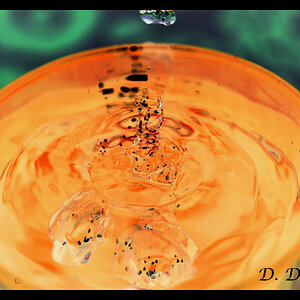battletone
TPF Noob!
- Joined
- Sep 22, 2009
- Messages
- 285
- Reaction score
- 1
- Location
- Somewhere in the lower 48.
- Can others edit my Photos
- Photos NOT OK to edit
http://www.thephotoforum.com/forum/...allery/182890-amateur-photo-contest-help.html
Image #1
I don't want to jack this thread any further, but I don't understand how this shallow DOF was achieved with a simple 18-55mm lens (I presume the Nikon kit lens?) at 55mm with f22.
It reminds me of the tiltshift effect that people do with Photoshop.
Image #1
I don't want to jack this thread any further, but I don't understand how this shallow DOF was achieved with a simple 18-55mm lens (I presume the Nikon kit lens?) at 55mm with f22.
It reminds me of the tiltshift effect that people do with Photoshop.











![[No title]](/data/xfmg/thumbnail/41/41899-007f14ae0d832ef200fd62eedc4da42e.jpg?1619739936)





![[No title]](/data/xfmg/thumbnail/34/34144-52e7a5d3e3908ae808afeabfe86fffdc.jpg?1619736317)
![[No title]](/data/xfmg/thumbnail/41/41900-d02b27da6248f10da25edf2413570222.jpg?1619739936)

